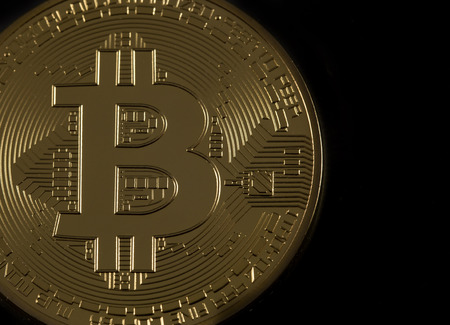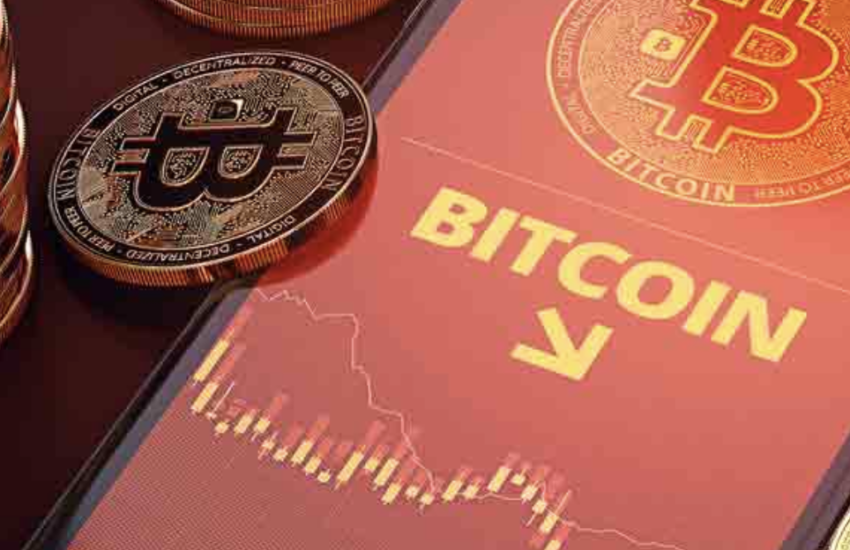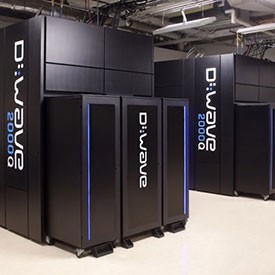Like anything new and revolutionary, cryptocurrency has its believers and its skeptics.
Both are making a ruckus.
The mainstream press isn’t helping matters. As far as I can tell, it’s gamified the subject. The side – whether it’s pro or con – with the most quotes published wins.
What a load of rubbish! We all know that multiple opinions expressing the same point of view do not represent “proof,” no matter how passionately they’re expressed.
And it sure does make for a noisy room.
Is the technology real? Does it have legs? Is it disruptive, if not revolutionary?
Here’s the thing. I’m not interested in your opinion.
Don’t tell me. Show me.
It’s pretty simple. Are you blowing the technology off? Or are you actively exploring or developing it?
Sorry, JPMorgan CEO Jamie Dimon, you can’t say it’s a fraud and also have your bank adopt it.
That’s just utter nonsense.
A more valid exercise is to note what potential users of blockchain technology are doing.
And what better sector to hone in on than our antiquated global financial system where billions of people move trillions of dollars every day.
Remarkably, cost, speed and security are about the same now as they were 50 years ago. The major innovations have been in convenience, thanks to the ATM and advances in online banking.
But ATM use can come with fees. And online banking still has some surprising bugs. I recently found this out firsthand after learning that the online account balance I see is different from the online account balance my bank (PNC) sees. Totally confusing.
Global trade and cross-border payments are also surprisingly clunky. For example, letters of credit involve several banks, hefty fees and long waits. When I ran my global trade and finance business about a decade ago, I avoided the wait by doing something called “import factoring.” It cost me a precious 2% to 3% to get the cash quickly, but it was worth it.
The beauty of blockchain? With it, all but a small fraction of that 2% to 3% would go away. Trade finance, security clearance and settlements, cross-border payments, and insurance are all areas where blockchain technology can make a big difference.
Just another opinion? Well, let’s focus not on what the banks are saying, but what they’re doing.
Here’s a look at their blockchain-related activity so far, courtesy of Outlier Ventures…
Who’s missing? PNC is one (surprise, surprise). Chase is another. That’s about it.
All the other large commercial banks are eyebrow-deep in blockchain initiatives.
And as you can see, they already have “proof of concept.” That means the technology does what it’s supposed to do in controlled settings or on a small scale.
Rigorous live-use testing awaits. That’s going to be key.
All the major banks – except Goldman Sachs, Banco Santander and Morgan Stanley – recently completed an academically tested prototype to automate and digitize money transactions around trade on R3’s Corda ledger.
Again, the actual field testing of Corda’s settlement algorithms is just beginning. We’ll know more soon.
JPMorgan, Wells Fargo and asset management firm Northern Trust are using Hyperledger Fabric for private equity deal record-keeping.
These big banks believe the reduced costs, greater speeds and more user-friendly interfaces are all within reach. Now, that doesn’t mean it will happen… or, if it does happen, that things will go smoothly.
From 2013 to 2016, financial institutions filed 2,700 patents in areas like blockchain technology. It’s hard to imagine that all this activity will yield nothing.
Innovation is coming to the banking industry, and blockchain technology is leading the charge. Let’s zoom in on three companies for a closer look…
- Mastercard: Daily transactions are mounting, as are the challenges to capture, store and protect all the transactional data that credit card companies collect.
Mastercard is turning to the blockchain for a possible solution. It recently filed a patent for the creation of a blockchain-based “uniform settlement system.” Basically, Mastercard wants to create a ledger to store a verifiable and immutablerecord of data, such as purchase orders, invoices and transaction data.
Among other things, doing so would vastly enhance the security of the data it collects. This is no small thing in light of the massive Equifax breach.
- Bank of America: It leads all other banks in number of blockchain patents filed so far with at least 39. The patents include internal security tools, cryptocurrency aggregation, risk detection systems and storage, and direct person-to-person payments. Bank of America is working closely with Microsoft Azure to explore blockchain solutions for supply chain finance.
Microsoft itself just announced that its own enterprise blockchain framework will be online by 2018. It’s not clear how soon Bank of America’s patented technology might be ready for the marketplace. What is clear is that it wants to be a leader in blockchain utilization.
- JPMorgan: Imagine two banks doing business with each other. Each has its own “private” blockchain. Each has large corporate customers. The banks need to protect data about their clients. But they also need to reveal the amount and type of currency, the rate of exchange, and the institution initiating the transfer.
This is where Quorum comes in.
JPMorgan designed Quorum for its institutional clients. Built on top of Ethereum, it features private smart contracts. One of its first uses is as a settlement layer for cases ranging from simple equity trades to complex derivatives.
In its early iterations, Quorum can run transaction settlements on a blockchain with the ability to both protect proprietary data and interact with a public blockchain.
Authorities would be able to audit the internal blockchain for compliance while companies do business on the public one. A nice start.
By the way, JPMorgan is a member of the Enterprise Ethereum Alliance, the largest open-source blockchain alliance in the world. It has more than 150 members, including Microsoft, Mastercard, Intel, Scotiabank, ING, BP, Cisco and the Indian government.
My gosh, it’s early. But, given all this activity (as opposed to just words), I don’t see bitcoin or Ethereum going away. The rewards of building, accessing or investing in the best blockchains will be enormous.
It’s early, but not too early.
Blockchain technology is on the cusp of overhauling the global financial system as we know it. Perhaps the Bank of America said it best…
“[It’s] very important… to reserve our spot [early] even before we know the commercial applications…”
Good investing,
Andy Gordon
Co-Founder, Early Investing
Can a $10 Bill Really Fund Your Retirement? The digital currency markets are delivering profits unlike anything we’ve ever seen. 23 recently doubled in a single week. And some like DubaiCoin have jumped as much as 8,200X in value in 18 months. It’ unprecedented... but you won’t receive any of the rewards unless you put a little money in the game. Find out how $10 could make you rich HERE.
Source: Early Investing

















